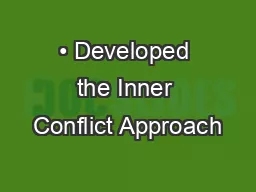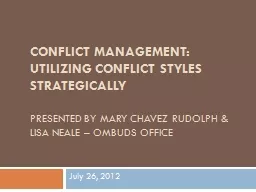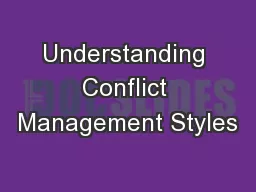PPT-• Developed the Inner Conflict Approach
Author : min-jolicoeur | Published Date : 2018-01-16
Concluded that conscious thoughts make up small part of mind Most deep thoughts amp urges are pushed into the unconscious part of the mind Inner Conflict Approach
Presentation Embed Code
Download Presentation
Download Presentation The PPT/PDF document "• Developed the Inner Conflict Approac..." is the property of its rightful owner. Permission is granted to download and print the materials on this website for personal, non-commercial use only, and to display it on your personal computer provided you do not modify the materials and that you retain all copyright notices contained in the materials. By downloading content from our website, you accept the terms of this agreement.
• Developed the Inner Conflict Approach: Transcript
Download Rules Of Document
"• Developed the Inner Conflict Approach"The content belongs to its owner. You may download and print it for personal use, without modification, and keep all copyright notices. By downloading, you agree to these terms.
Related Documents














